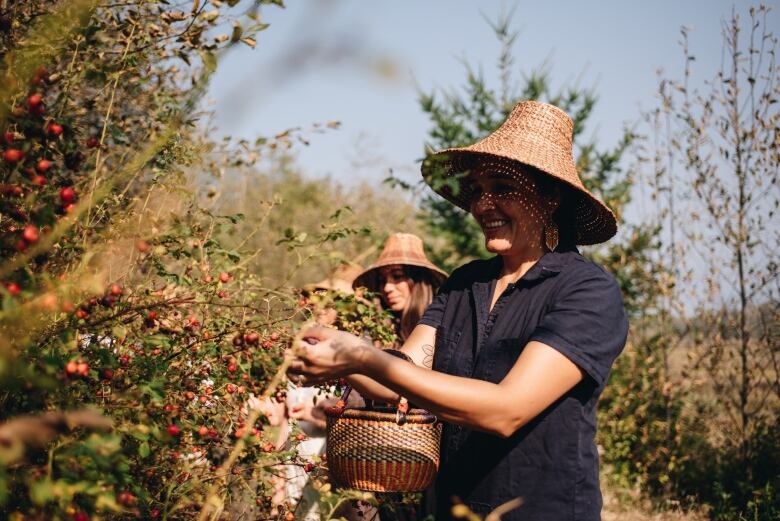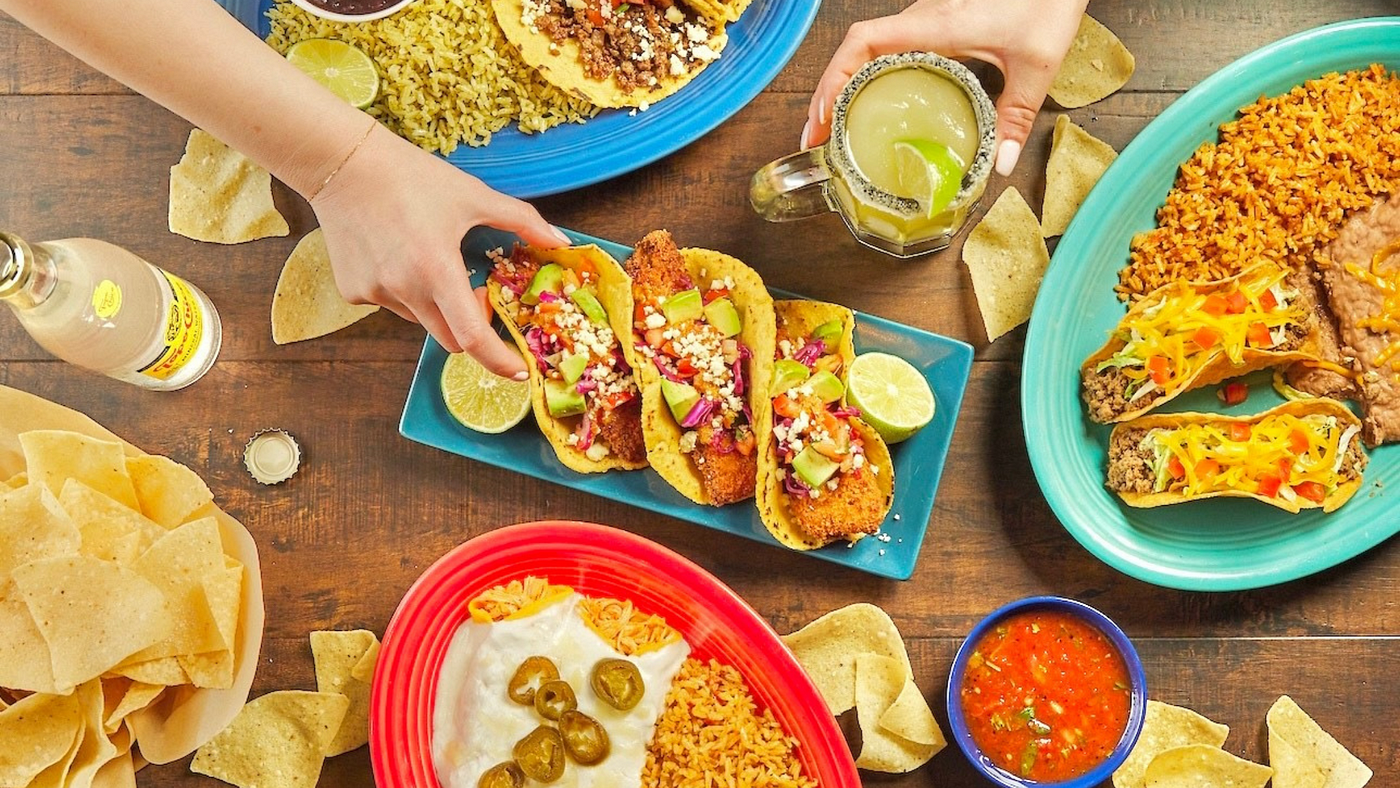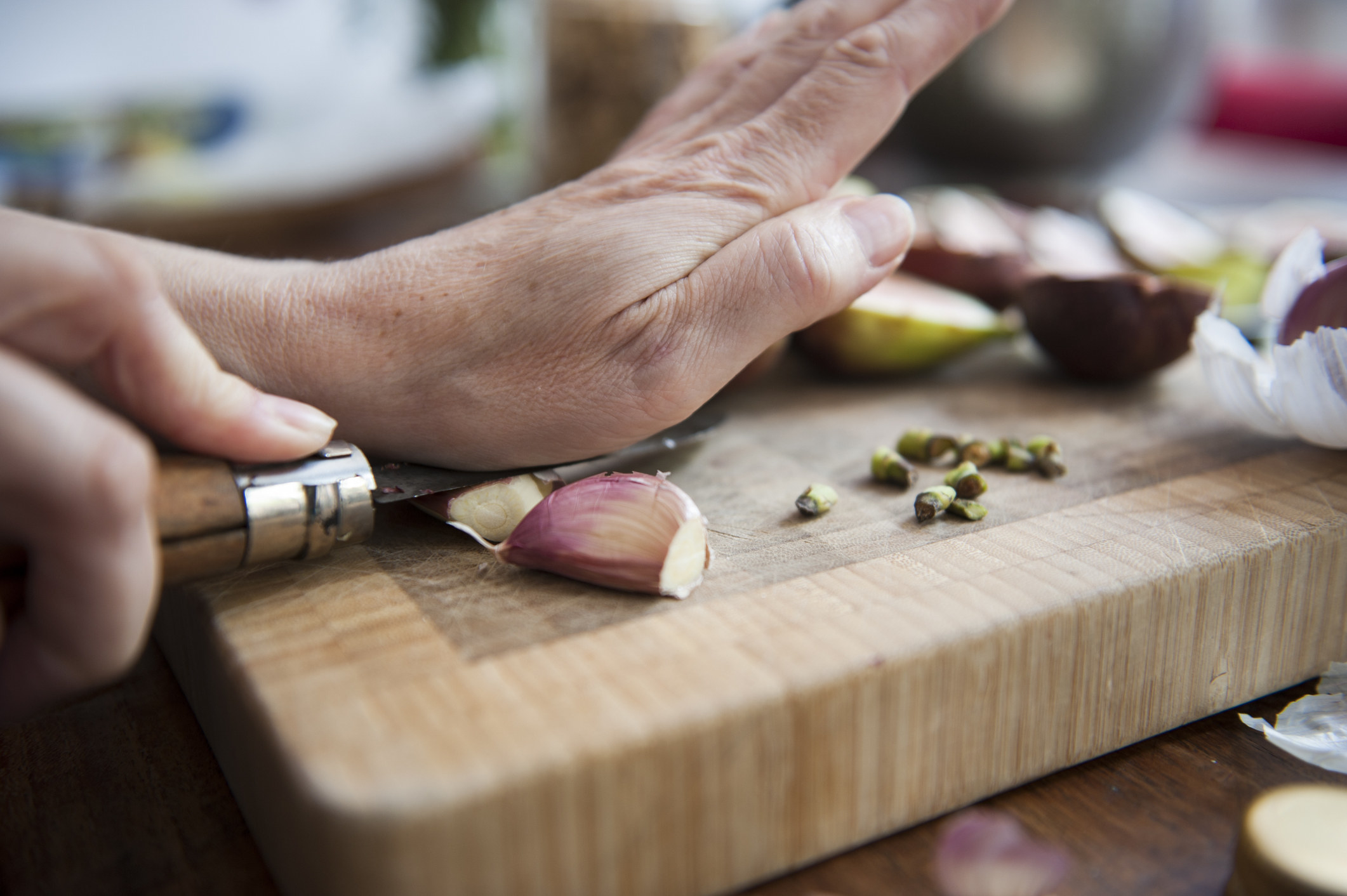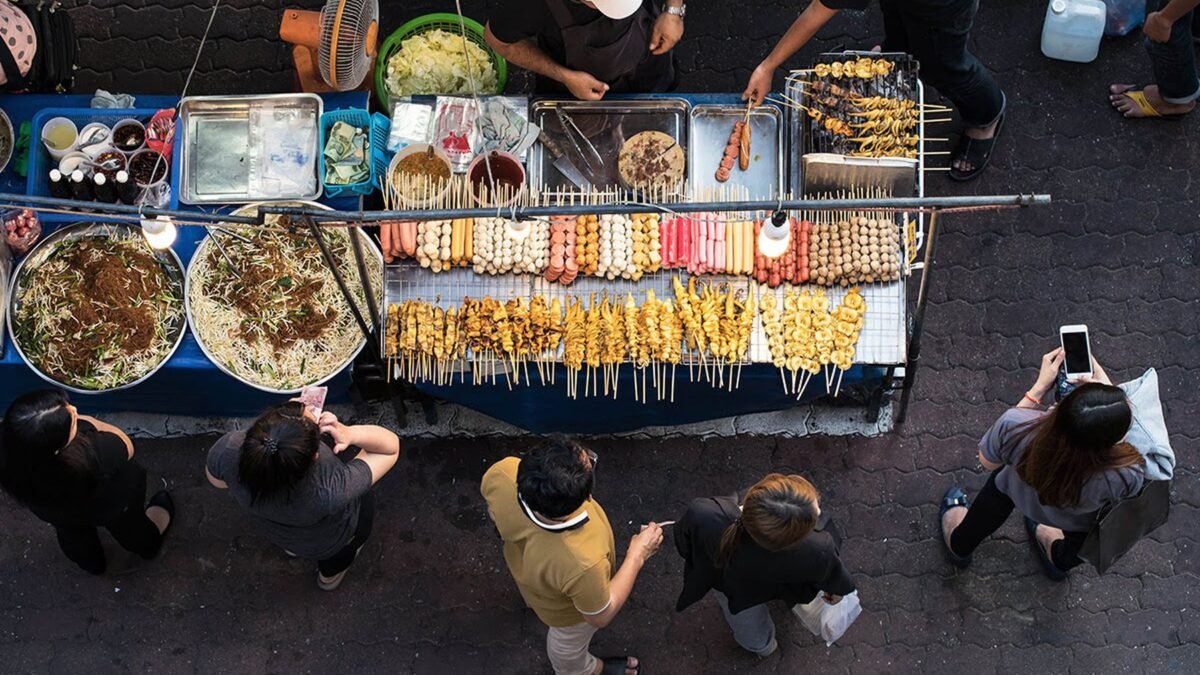
Chef Wealthy Francis describes diners’ reactions as “shock and awe” once they strive a number of the meals at his Seventh Hearth dinners.
“The primary time they’ve a chew of beluga whale that is been buried in espresso beans and vanilla, [they’re] like: ‘What?'” he mentioned.
He is been internet hosting dinners that he calls “resistance delicacies” — the sale of untamed recreation meat in eating places is prohibited in Ontario — on the Six Nations of the Grand River reserve in southern Ontario.
Francis, a member of the Tetlit Gwich’in and Tuscarora Nations, is not any newcomer to daring culinary strikes; in 2014, he positioned third on Prime Chef Canada. However he is not right here simply aiming to shock patrons’ palettes.
“The Seventh Hearth is an Anishinaabe prophecy that states that seven generations in the past is when all of the unfavorable stuff began to occur for Indigenous individuals,” he instructed Unforked host Samira Mohyeddin. “The assimilation, the colonization, residential faculties, all of that stuff.”
Fashionable Indigenous delicacies takes a have a look at the present points we face as Indigenous individuals right now. My automobile to handle that’s meals.– Wealthy Francis
Francis and different Indigenous individuals in Canada are discovering methods to rediscover components of their conventional delicacies after the results of colonization — together with residential faculties — severed these connections to their ancestors.
“Fashionable Indigenous delicacies takes a have a look at the present points we face as Indigenous individuals. My automobile to handle that’s meals,” he mentioned.
Francis would possibly channel private recollections visiting fishing camps along with his household as a younger boy dwelling in Fort McPherson within the Northwest Territories. Or, he would possibly construct a plant-based menu impressed by the Haudenosaunee nations, who he mentioned ate vegetable wealthy diets.

For Francis, whose father was pressured to attend residential college, it is particularly poignant when he is capable of spark recollections of higher instances.
“Quite a few instances, elders have come as much as me and mentioned, ‘, this jogs my memory [of] earlier than I went to residential college,'” he recalled. “Even now … you get a lump in your throat speaking about it.”
Entry to the land
Meals was used as a “weapon” in opposition to Indigenous youngsters, and its results resonated by way of subsequent generations, mentioned Leigh Joseph, an ethnobotanist and member of the Squamish First Nation in B.C.
It was wielded in a number of methods in residential faculties, she mentioned, together with “by way of hunger, by way of experimentation, or just by way of having good meals for the individuals working on the college, and having mainly rotten meals … or very, very poor high quality meals for the kids.”
Manny Jules, a survivor of the Kamloops Indian Residential Faculty, mentioned his father, who was on the college within the Nineteen Forties, remembered that the kids have been all the time hungry, whereas employees ate properly.
“He all the time questioned why, as a result of there was plenty of eggs, plenty of beef, plenty of produce, however the children did not get it,” Jules instructed The Present.

The suspected stays of 215 youngsters have been found outdoors the Kamloops college earlier this month.
Final week, the Cowessess First Nation introduced the preliminary discovery of 751 unmarked graves on the former Marieval Indian Residential Faculty in Saskatoon.
For Joseph, undoing that harm to Indigenous individuals’s relationship with meals entails foraging spots in forests, estuaries and the B.C.’s subalpine area (the forested area of a mountain slightly below the tree line).
She works with Indigenous communities by taking individuals out to the land to reap conventional meals like mountain blueberries, stinging nettles and balsam fir pitch, which is used as a medicinal tonic.
“There’s a lot embedded in that have. One, we’re making an attempt actually cool meals. Two, it tastes wonderful. However three, our ancestors have been forbidden to entry these meals. Our ancestors have been instructed these meals have been unhealthy for us — have been evil. We could not eat them,” she mentioned.
The observe of foraging, and making ready meals with these substances, was forcibly taken away from earlier generations of Indigenous individuals once they have been faraway from their land by European colonists, Joseph mentioned.
The consequences of that, compounded by poor diet at residential faculties, can nonetheless be felt right now; Sort 2 diabetes is among the main well being issues for First Nations, Inuit and Métis individuals in Canada.
In line with Diabetes Canada, Indigenous persons are identified with diabetes at a youthful age, have extra extreme signs, and face larger charges of issues than the overall inhabitants.

To Joseph, enhancing Indigenous individuals’s “entry to the land” has broad optimistic results on their bodily and psychological well being.
“One of many issues I really like is to simply hear individuals on the panorama, , hear individuals speaking and laughing,” Joseph mentioned.
She recalled serving to elders with mobility points journey safely to view the subalpine, or seeing children playfully mash freshly harvested blueberries into one another’s faces.
Hear | Indigenous chef Bertha Skye remembers the 1992 World Culinary Olympics:
Unforked3:01Bertha Skye remembers the 1992 World Culinary Olympics
Bertha Skye is a member of the Ahtahkakoop Cree Nation and has been lauded as one of many culinary matriarchs of Indigenous meals. She was a part of the workforce of Indigenous cooks who represented Canada on the World Culinary Olympics in Frankfurt, Germany in 1992. They received eleven medals that 12 months, greater than some other workforce. Bertha Skye recollects that have and the way it felt to garner such excessive reward from the worldwide group.
What about bannock?
Francis can also be discovering inspiration from foraging, or utilizing herbs and vegetation — like a thunderbird smudge, which he encountered in a Cree ceremony.
“I type of smelled it and I used to be like, ‘Oh my god, this is able to style so freaking good on a buffalo steak,'” he recalled.
“The irony, once more, is it is all the time been right here … All I do is join the dots, mainly, of what is already there.”

Francis additionally hosts “decolonizing workshops” for Indigenous youth in cities like Toronto and Vancouver, educating them tips on how to make conventional meals they might have by no means heard of earlier than.
“You see this little gentle bulb occur of their eyes, the place their meals reminiscence or their meals DNA is triggered similar to intergenerational trauma,” he mentioned.
However he will not train his cooks tips on how to make meals with ties to what he calls “the colonial meals system that nearly killed us.”
That features bannock, the fried bread ubiquitous in lots of Indigenous communities, however whose difficult origins could be traced to Scottish settlers.
“Bannock is right here to remain, do not get me fallacious. It is a image of survival for us … however we do not have to eat that approach anymore,” he mentioned.
“As a recent Indigenous chef, it is unnecessary for me to place that stuff on the market.”
Written by Jonathan Ore. Produced by Levi Garber.






